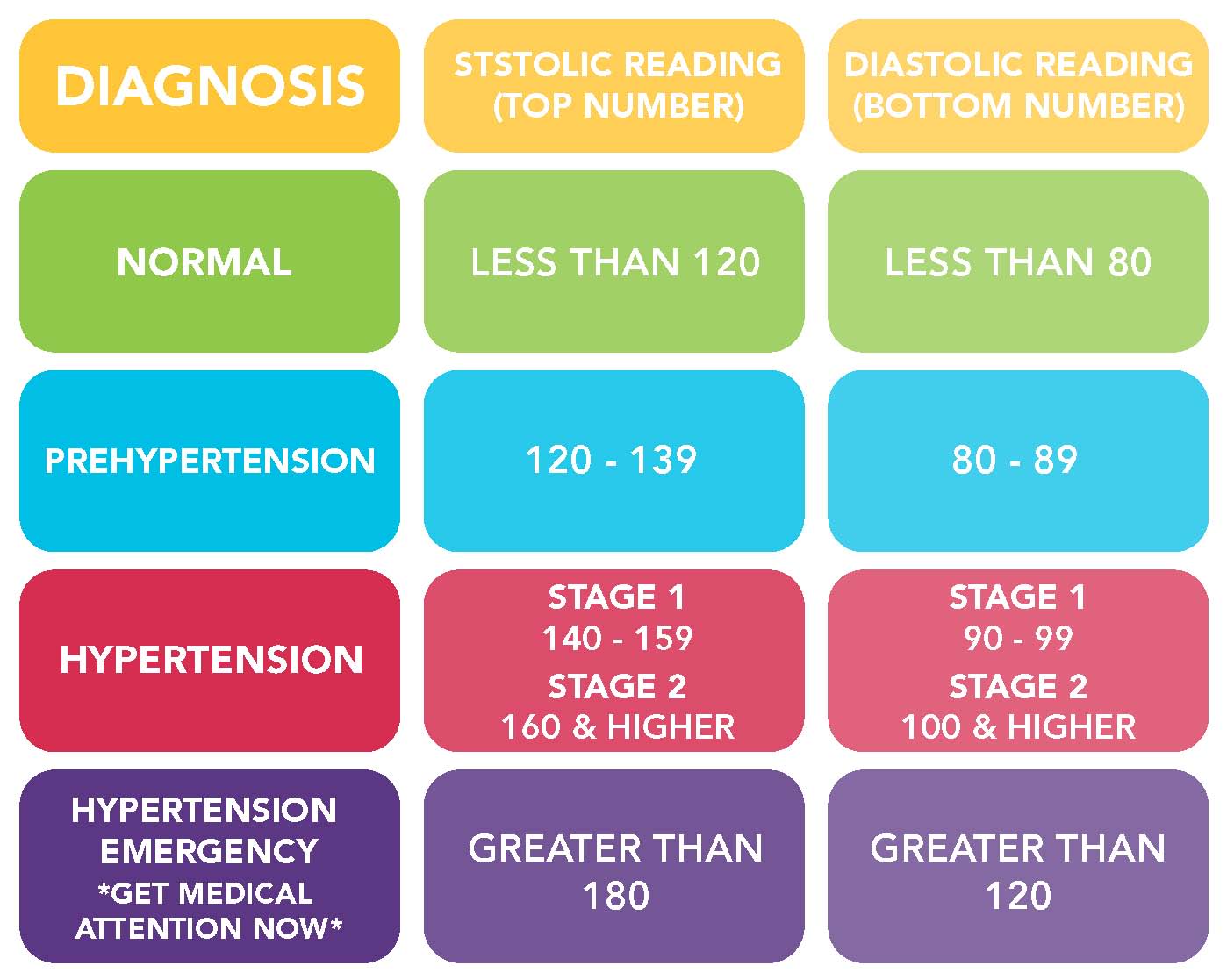


Among the different clinical guidelines produced in several parts of the world (at local, national, or international levels), there is no doubt that the initiatives developed either in the United States or in Europe are those raising a greater expectation and a wider diffusion. Many hypertensive patients have participated in clinical trials, most of them with a high quality of design, showing the benefits of such treatments in the prevention of both the onset and progression of cardiovascular disease, as well as in the prevention of mortality due to cardiovascular causes.īoth official agencies, depending on governmental organizations and scientific societies, have developed recommendations for the diagnosis, evaluation, and treatment of hypertension, resulting in a way of trying to assist physicians who usually take care of hypertensive patients, either in primary care or in referral units. The scientific evidence supporting the benefits of pharmacological treatment of hypertension has been developing for more than 60 years. In this review, the main differences between American and European recommendations are highlighted, along with the arguments exposed by both groups of experts and their possible impact affecting clinical practice in hypertension management.Īmong all the risk factors involved in mortality and disability worldwide, hypertension is the one with the greatest impact, regarding its responsibility in the development of cardiovascular disease, which represents the main cause of death in all developed and many developing countries. Not only does it modify its prevalence, but also carries important changes in therapeutic aspects, including treatment initiation and blood pressure goals for treated patients. Main examples include a new definition for hypertension, with a blood pressure threshold of 130/80 mmHg. While the European guidelines do not substantially modify previous recommendations, the American proposals are clearly disruptive. While both documents contain similar recommendations concerning several aspects of detection, prevention, and management of hypertension, they differ in some sensitive characteristics, which specifically affect diagnostic and therapeutic aspects. In parallel, the European Society of Cardiology and the European Society of Hypertension updated their own recommendations with a new document released in August 2018. In November 2017, the American College of Cardiology and the American Heart Association released hypertension guidelines for the first time, replacing the Joint National Committee periodical reports, appearing from 1977 to 2003.


 0 kommentar(er)
0 kommentar(er)
